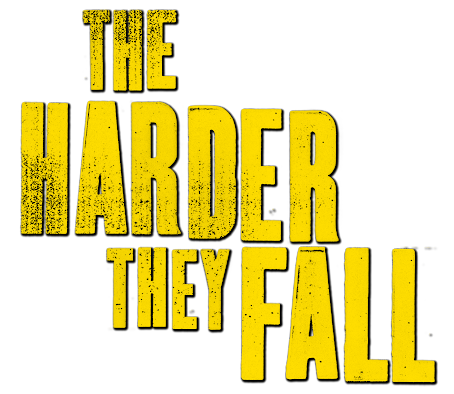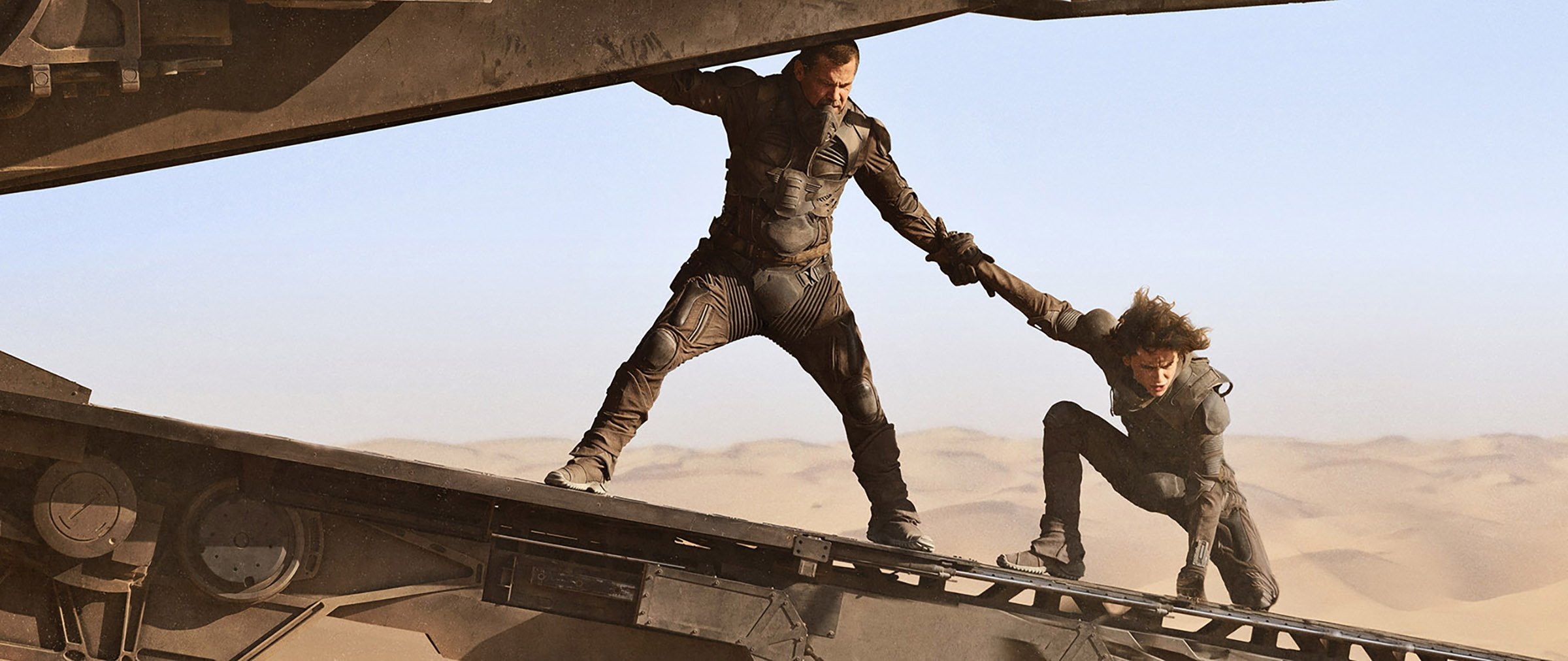For his seventh feature film (counting the 2021 documentary “The Sparks Brothers”) Edgar Wright (“Scott Pilgrim vs. the World,” “Baby Driver”) goes back in time in a way and back to the genre that kicked off his career: horror. While decidedly less silly than “Shaun of the Dead” was way back when, “Last Night in Soho” represents a confident potential new direction for the UK filmmaker that charts new ground without leaving old fans out to dry.
Thomasin McKenzie (“Leave No Trace,” “Jojo Rabbit”) plays Ellie, a young fashion student who moves to a new apartment in Soho and begins to have visions of the same part of town in the 1960s and of a young woman, played by Anya Taylor Joy (“The Queen’s Gambit,” “The VVitch”) and her boyfriend, played by Matt Smith (“Doctor Who,” “The Crown”), as well as dealing with an elderly man in modern times, played by Terence Stamp (“Superman (1978),” “The Limey”). That little amount of information is the ideal way to experience “Soho” as much of the film’s strengths lay in experiencing it for the first time.
Wright is no stranger to constructing stories that rely heavily on stylized visuals, and while “Soho” skews closer to something like “Baby Driver” as opposed to the elaborate effects of “Scott Pilgrim,” it's nevertheless a gorgeous film to behold. Shot by Chung-hoon Chung (“The Handmaiden,” “IT (2017)”) the film practically glides through numerous segments punctuated by their stark contrast to Ellie’s day life. The neon blue and reds of her 60s visions contrast against the drab grays of her school life and create an emotional dissonance that feels palpable throughout.
This is a film that lives or dies off its aesthetic and thankfully Wright and his team have crafted a near perfect experience from a visual standpoint. As Ellie floats through these visions, the visuals accompanying them practically pour out of the screen and into the theatre. Velvet ropes and rooms covered in mirrors, night club stages and fog lifting from manhole covers, “Soho” is Wright’s most visually experiential film yet, even as it sees him tone down some of his more elaborate touches.
Gone are the extreme close-ups with accommodatingly jarring sound effects, the quick edits, the foreshadowing of events in the openings. The same director is clearly behind the camera, but it's a more mature voice. The tale is told with a more calm, less sporadic perspective, and while some fans might be upset with this calming of one of cinema’s more eclectic and recognizable voices, it's not entirely gone, just matured and refined. It’s also by far Wright’s creepiest and most unsettling film yet, with some upsetting moments and visuals coupled with a rocking and haunting score from Steven Price (“Gravity,” “Baby Driver”).
McKenzie does an excellent job portraying Ellie’s young, nervous nature as she’s presented with some bizarre situations throughout her jaunts back and forth to 60s London. It’s a fantastic performance that sells her good-hearted nature without leaning too much into it and creating a character who’s saccharine sweet. Taylor Joy also delights as the young singer she follows, portraying a mysterious, airy, almost angelic force. Her character is both gorgeous and yet also incredibly rich, that further cements Taylor Joy as a movie star in the making, if she already isn’t one. Smith meanwhile bucks most of his “Doctor Who” goody guy persona to play a devilish role that borders on being evil, allowing for a great back and forth as the audience tries to figure out what he’s up to.
“Soho” is, without question, at its best as you glide through each dream-like sequence and watch Ellie experience the era she so adores up close, warts and all. She’s a fabulously engaging heroine, and the film is made all the better by following her so closely. This is truly an experiential film, as most of the fun of it all comes down to experiencing it all alongside her. Some people describe superhero movies as “roller-coaster rides” but that term could also be applied to this as it really is a film where the joy comes from the experience, from the vibe, and less from the strict story it tells.
Because, while it isn’t bad, the script for “Soho” is likely the weakest of any of Wright’s previous films. Co-written by himself and Krysty Wilson-Cairns (“1917”), there’s a lot of subtext and actual text to chew through. Despite its midnight movie aesthetics, there’s some heavy material going on under the hood, and it's at its best when you’re following Ellie as she herself is learning what exactly is going on.
When the film tries to explain it all, that’s when things fall apart. Wright’s previous three films that delve a bit more into the “unexplainable,” aka his Cornetto trilogy, all have moments where their central ideas are explained in such a way to make them “make sense.” This moment also comes in “Soho” but it doesn’t feel as tight as in times past. It almost feels as though things would’ve been better off if the explanations had never come, but alas they’re here and the more the film talks about it, the weaker it is. Not bad, just weak.
“Last Night in Soho” is not a slam dunk unfortunately, but where it is lacking it's actually made up in other areas. While the strictly speaking “Plot” might be lacking in the ways it's explained, when it isn’t explained and instead is just experienced by the characters and audience, it's quite exceptional. A further refinement on Wright’s unique visual stylings and bizarre types of stories, coupled with some fantastic performances of some fascinating and endearing characters, “Last Night in Soho” is an unnerving and exciting film that easily slot’s into his well established repertoire. 4.5/5






















